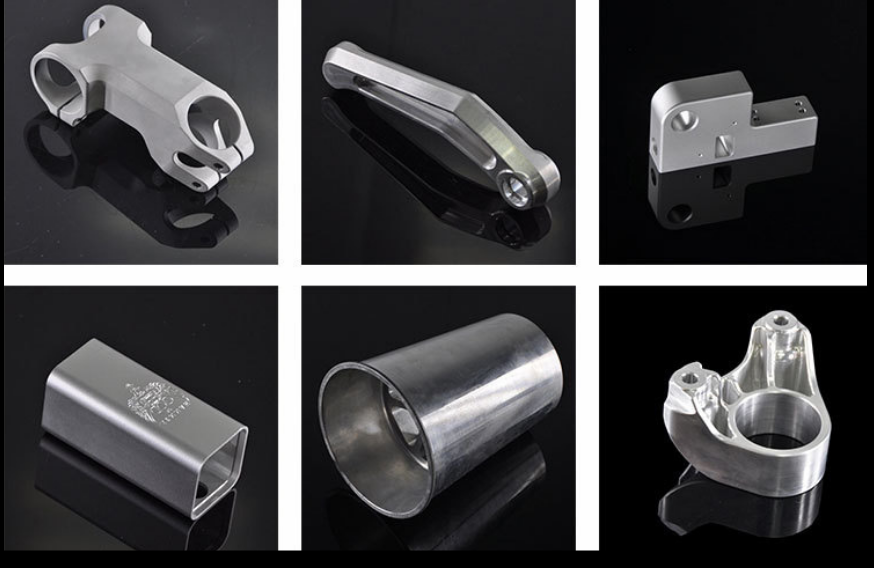When you have an order of 50 or 100 or 1000, all you care about is the material cost, and the time is going to get cost you to get those chips removed in an acceptable manner.
And there’s so much more questions you should also care about, like
- Should it be 3D prototype?
- Should it be machined in such a way that the same part can be later cast for volume production In two parts instead of one?
Also it rarely happens that having a very very detailed drawings with acceptable tolerances where you need not contact back at all. Which means you could literally just run with it.
But why this happens?
Because lots of people don’t really understand how a CNC machining shop working in China.
We hope you can get some inspiration of the following Daily Tasks list for a CNC machining factory in China:
- Perform regular maintenance and cleaning of CNC machines – oil changes, lubrication, changing coolant, clearing chips and swarf, etc
- Inspect tooling and fixtures for wear – replace as needed. Track tool life.
- Verify correct code, tools, fixtures, and stock are loaded for each job.
- Monitor CNC machines during operation – ensure no tool crashes, part accuracy, efficiency.
- Deburr, clean, and inspect finished parts – check for any defects.
- Document process – note runtimes, tool life, any issues for continuous improvement.
- Manage raw material inventory – ensure adequate stock for upcoming jobs.
- Discuss job priorities and timelines with management.
Now is Weekly/Monthly Tasks:
- Perform in-depth preventive maintenance on CNC machines – calibration, alignment, ballscrew lubrication, etc.
- Review machine manuals and control documentation.
- Attend training sessions and learn new machining techniques/processes.
- Meet with customers when required to discuss part design, tolerances, etc.
- Review production schedules and capacity planning.
- Generate process documentation – operating procedures, set-up sheets, inspection reports.
- Maintain 5S in the shop floor and ensure organization of tools, gauges, fixtures.
- Evaluate shop workload/capacity and requirements for additional machines/tooling.
- Research new developments in cutting tools, coolants, automation to improve productivity.
- Ensure health and safety procedures are being followed.
What’s more we bring some design tips to consider for low-volume CNC machining production runs:
- Design parts with standard stock sizes in mind to minimize material waste.
- Avoid tight tolerances when possible. Loose tolerances (+/- 0.005″ or more) are easier to hold in small batches.
- Minimize the number of operations and setups required. The more operations, the more time and cost involved.
- Design parts to be symmetric and balanced when fixtured to avoid distortion.
- Include fixture and clamping points in the design rather than as an afterthought.
- Avoid complex internal geometries that require specialized tools and/or additional operations.
- Design parts to use standard and readily available tooling as much as possible. Avoid odd specialty tooling.
- Consider surface finish requirements early and how they will impact machining approach.
- Use generous corner radii and avoid sharp internal corners to simplify tooling/fixturing.
- Avoid thin walls and features that may deflect or be prone to warp during machining.
- Consider adding gussets/ribs or other supporting features to strengthen thin sections if needed.
- Discuss machining plans with manufacturer early in the design phase to get feedback.
- Build in locating/datuming features to make setups consistent and reliable.
Please don’t hesitate to send us any of your design drawings and let us help you implement them.
